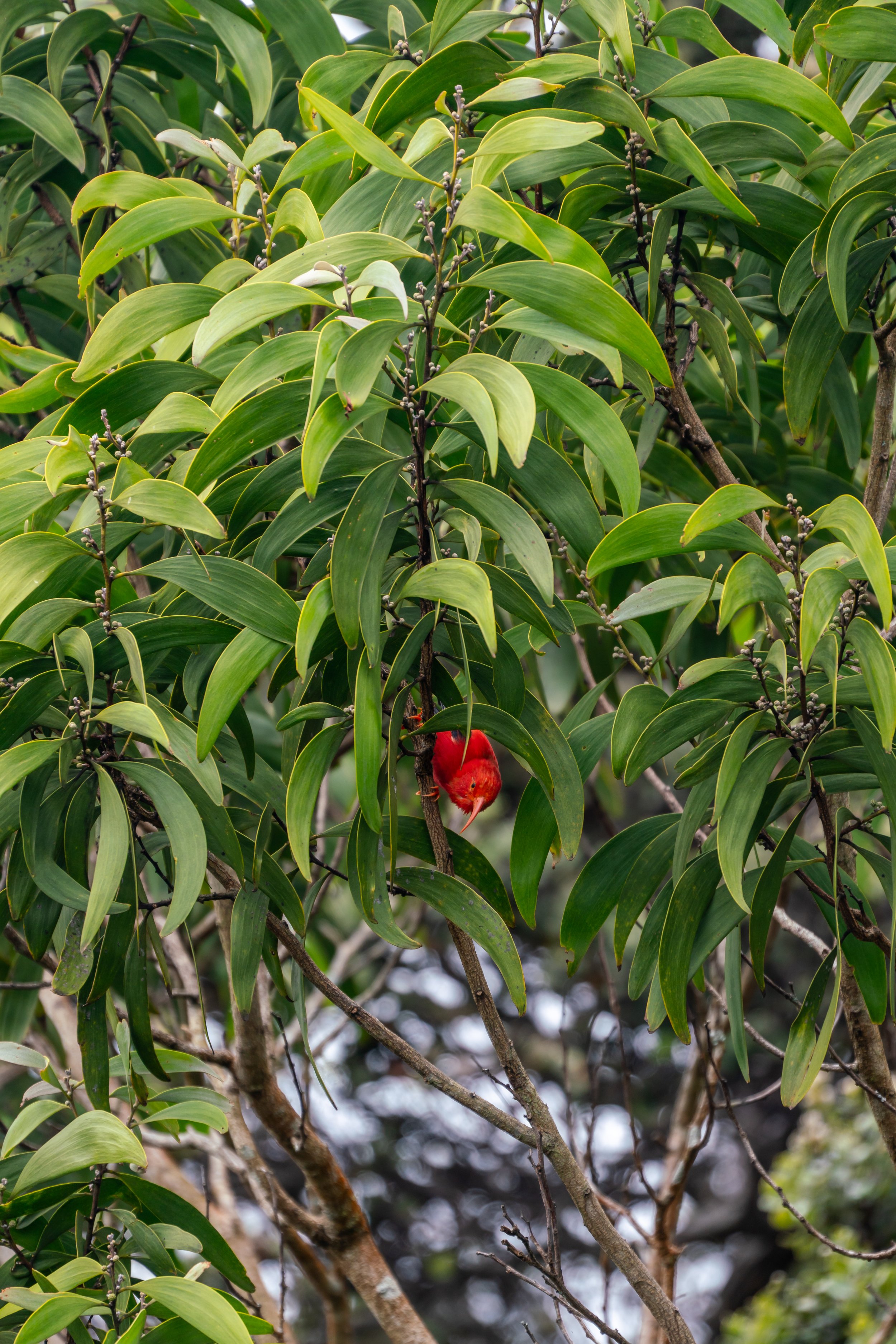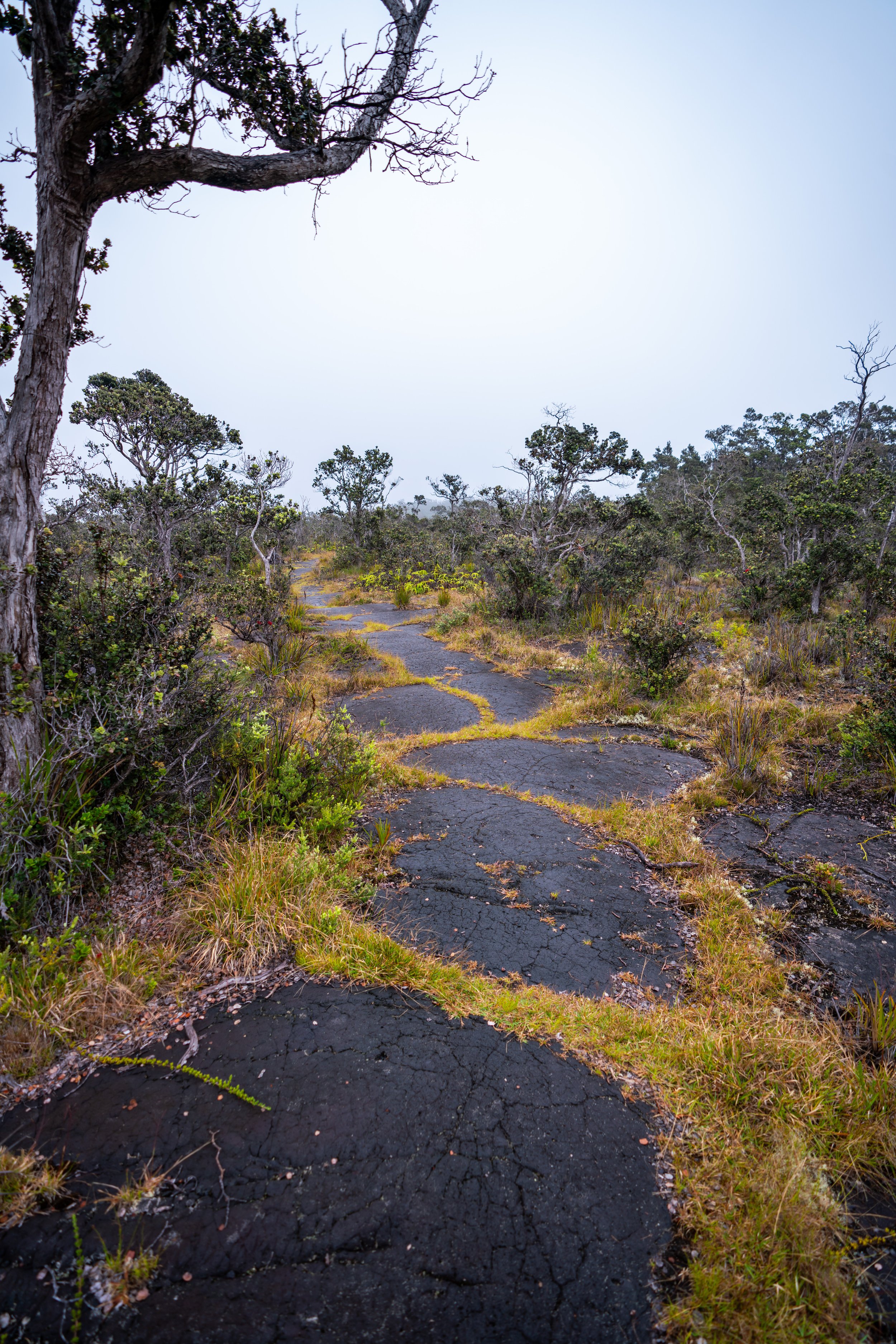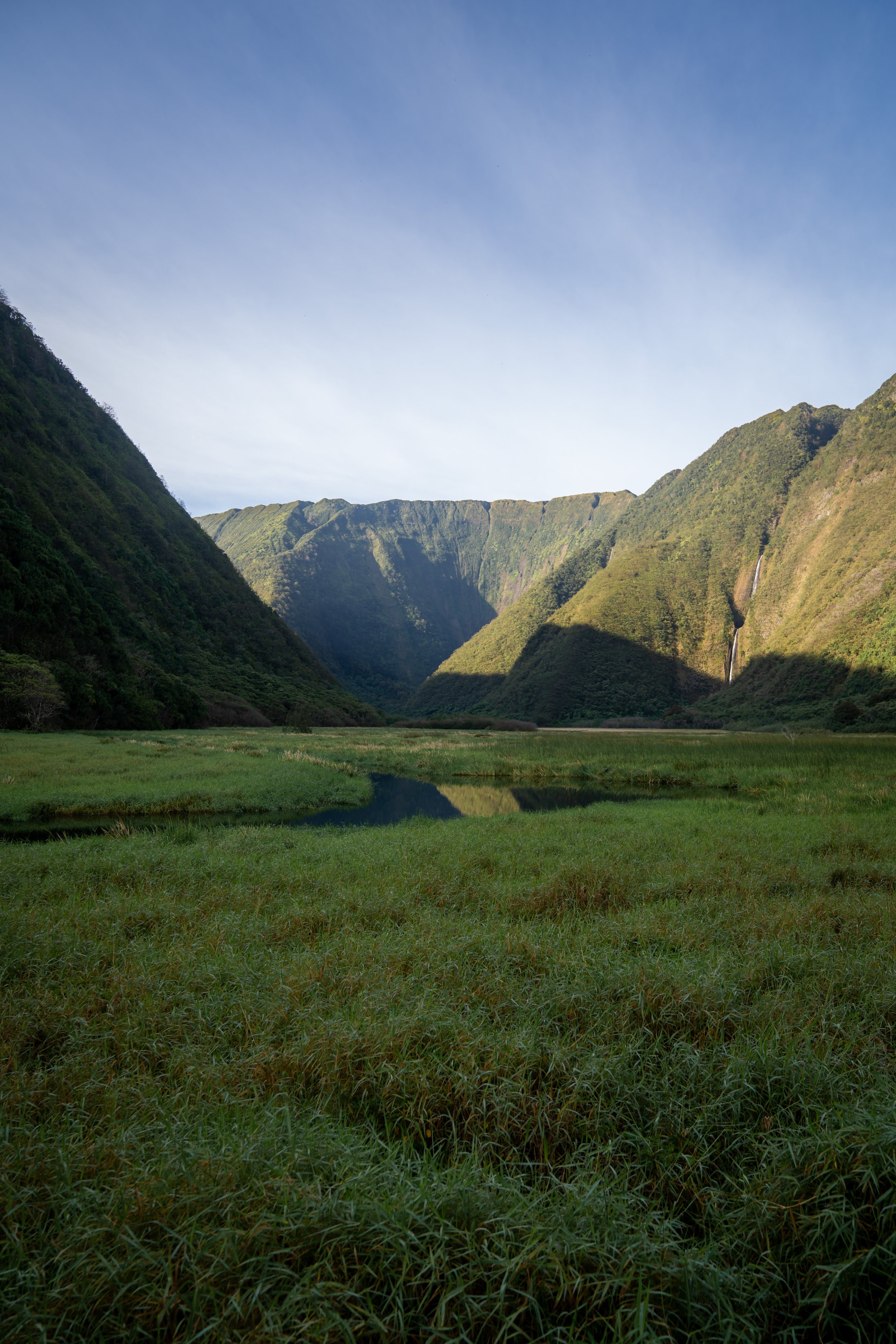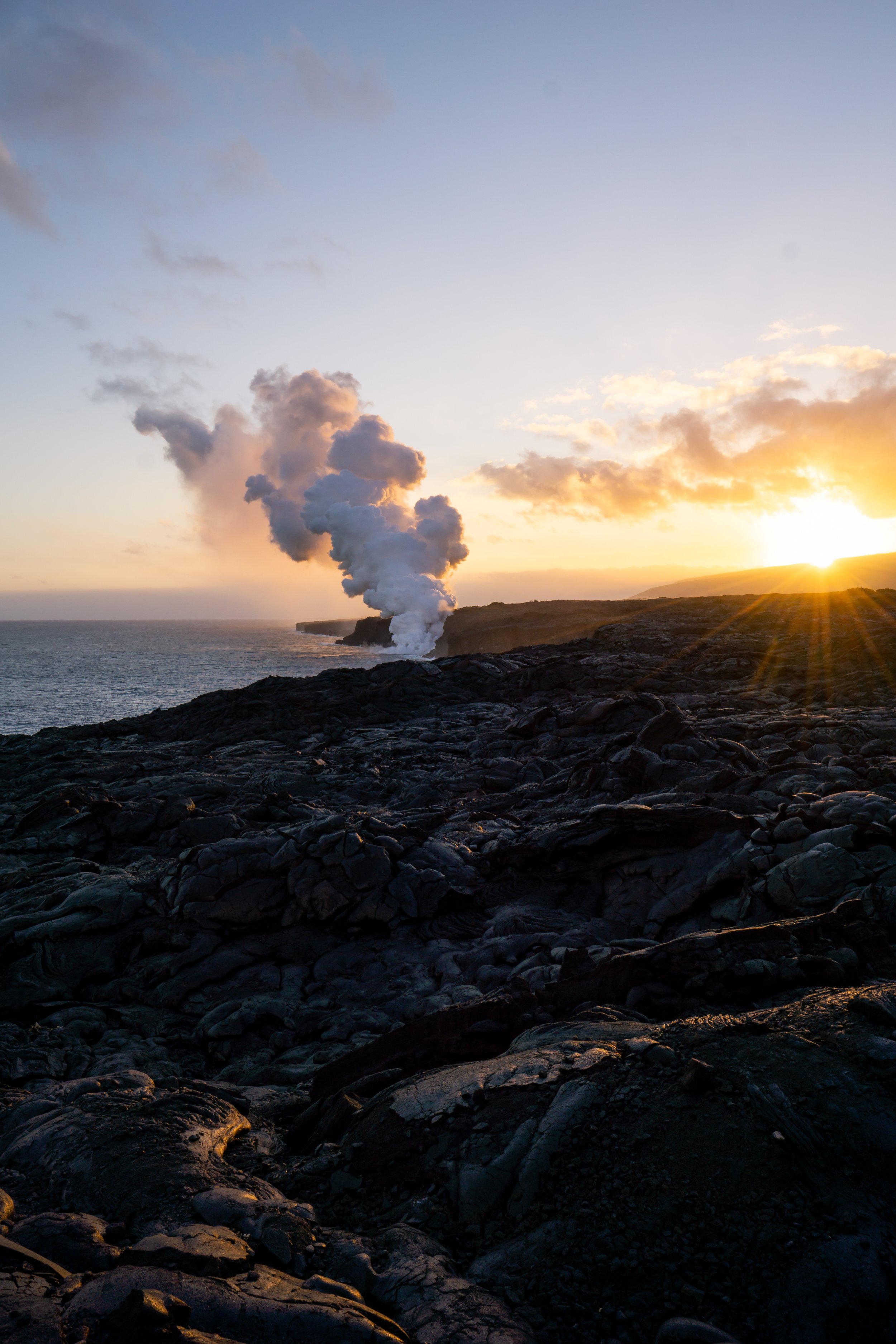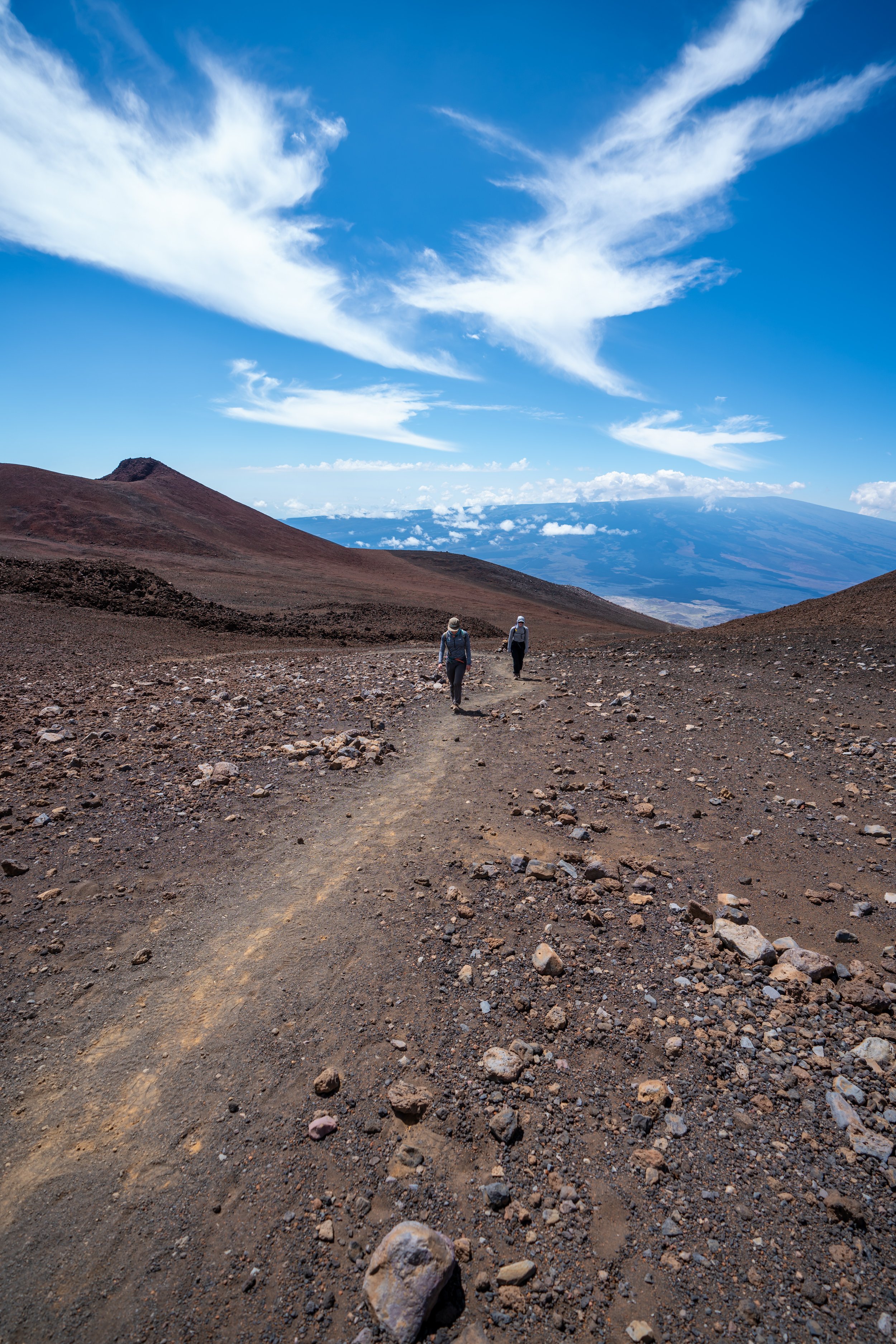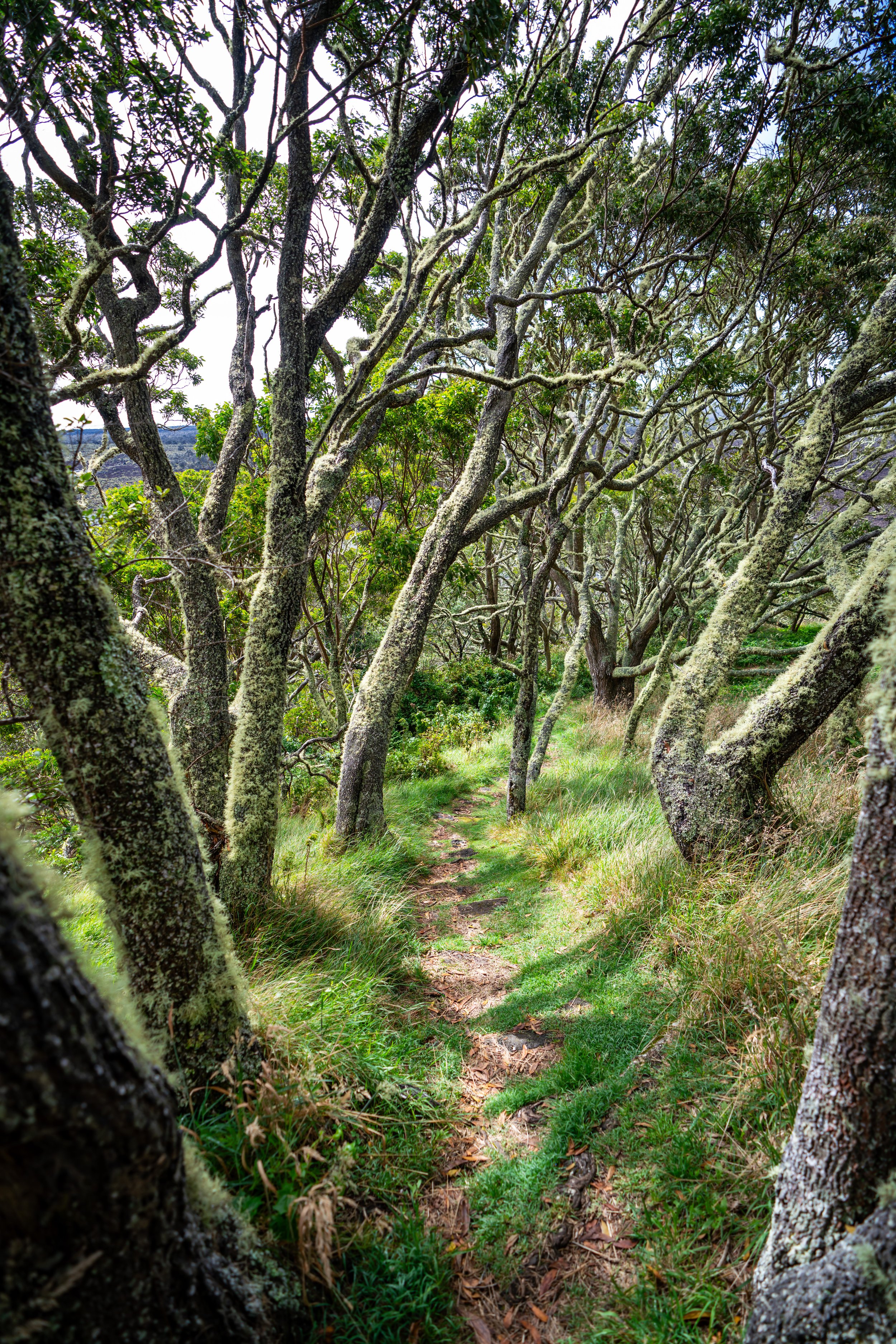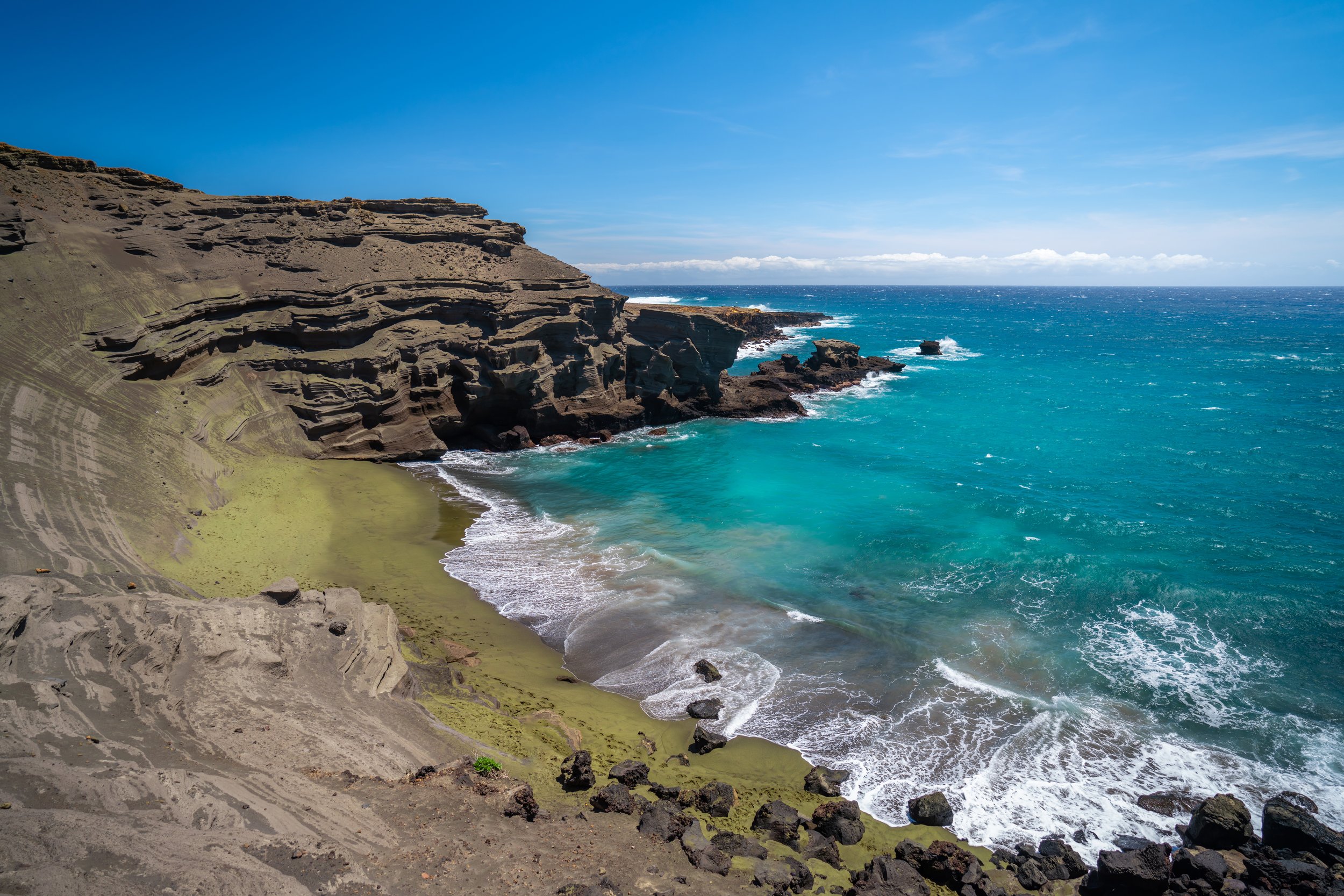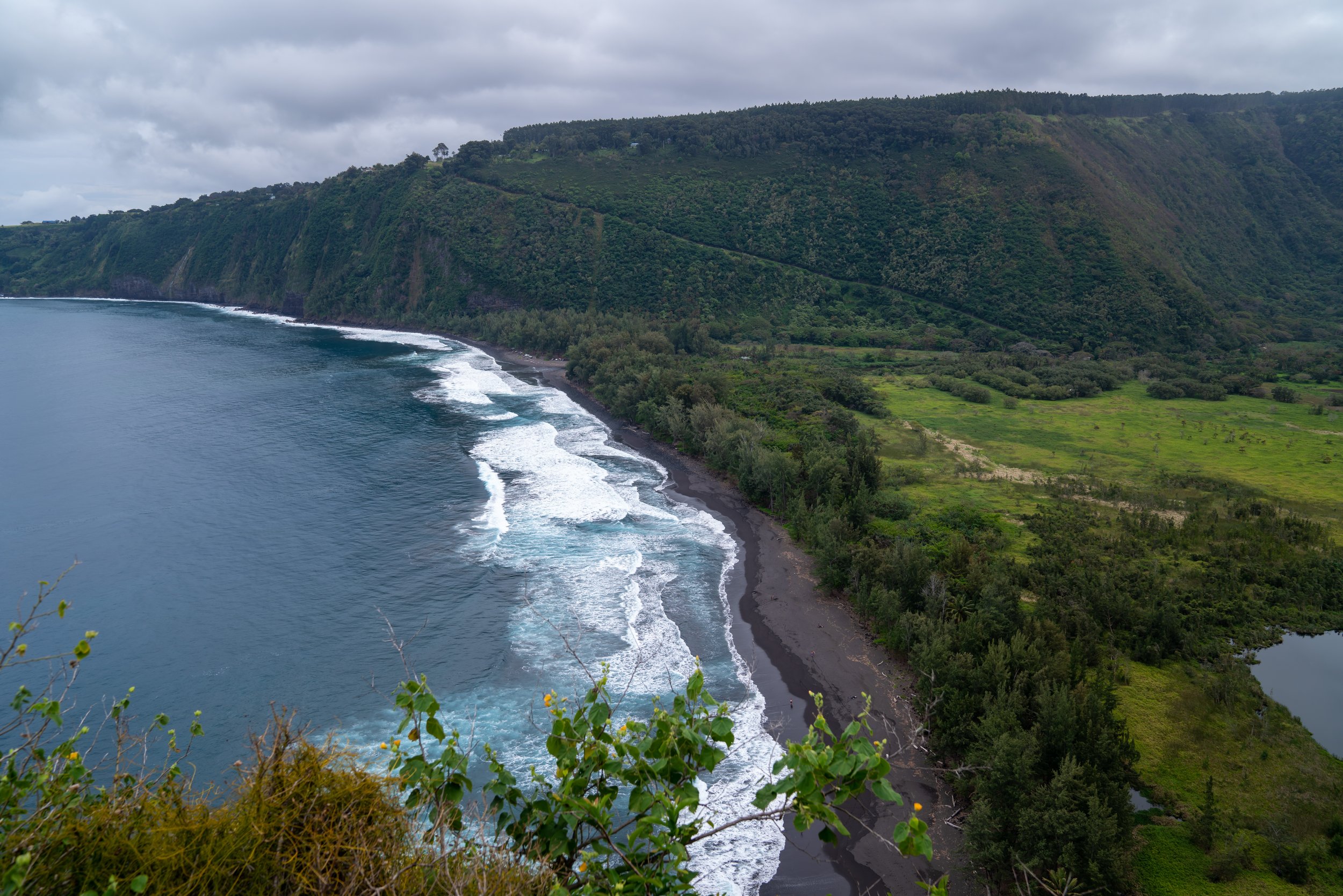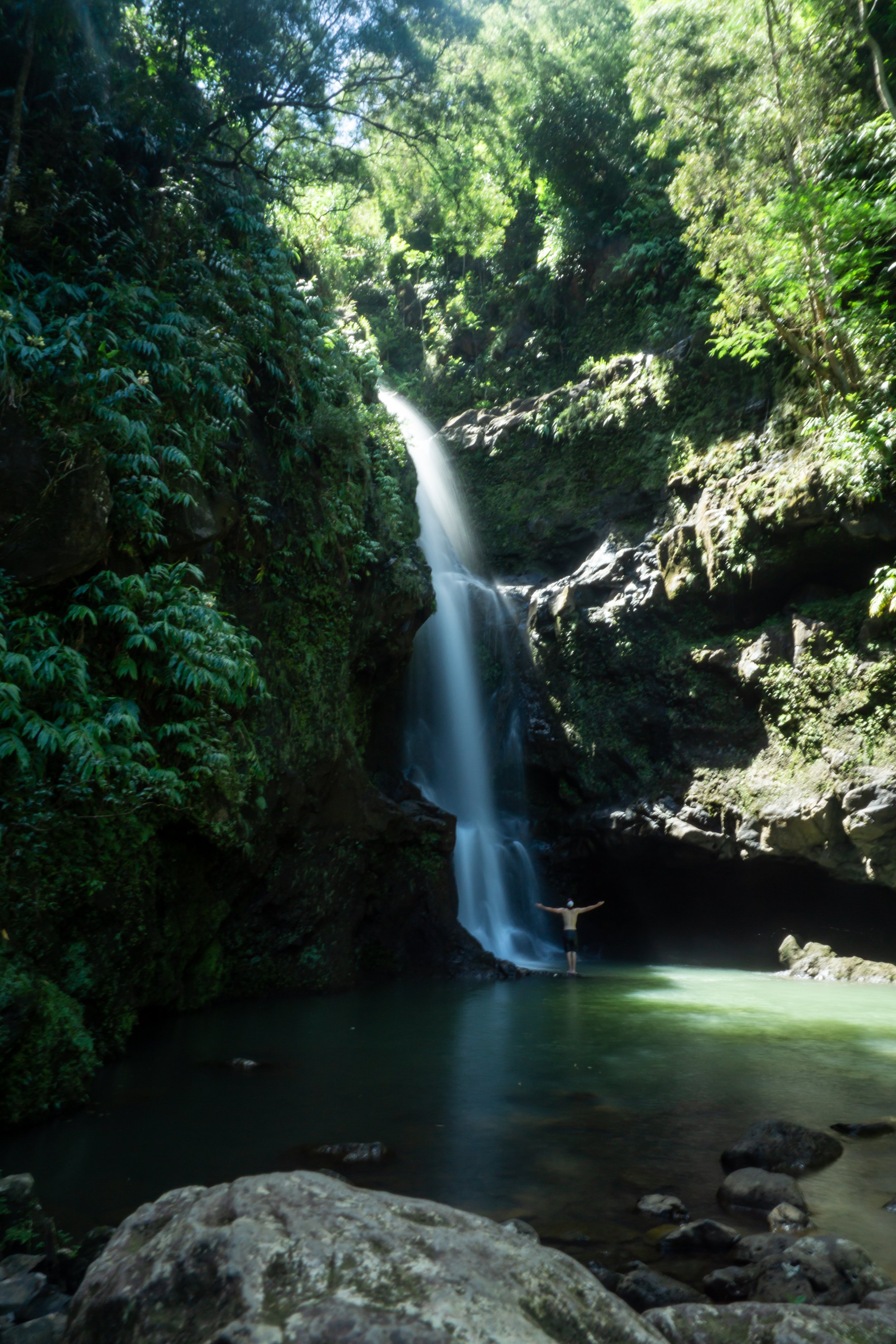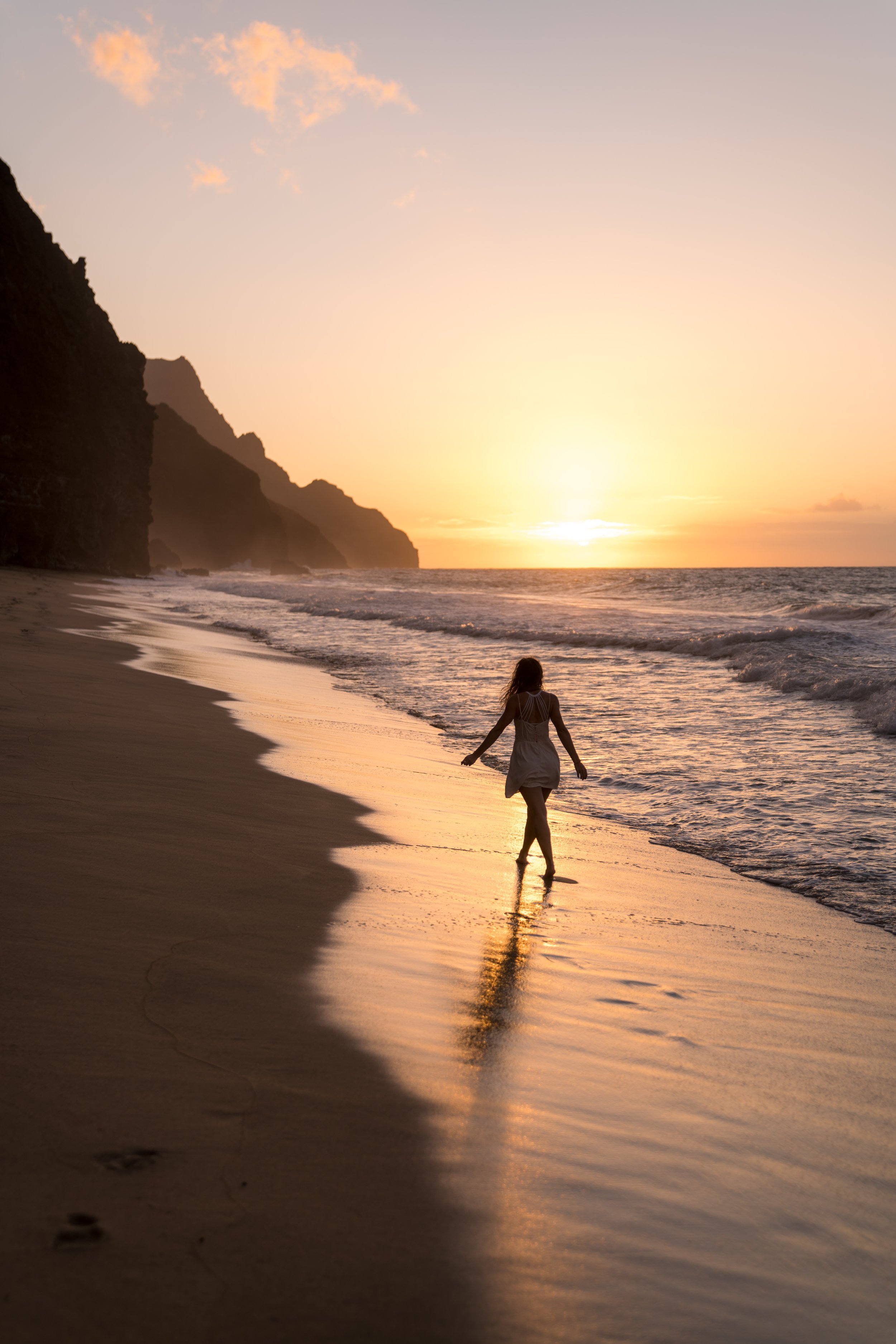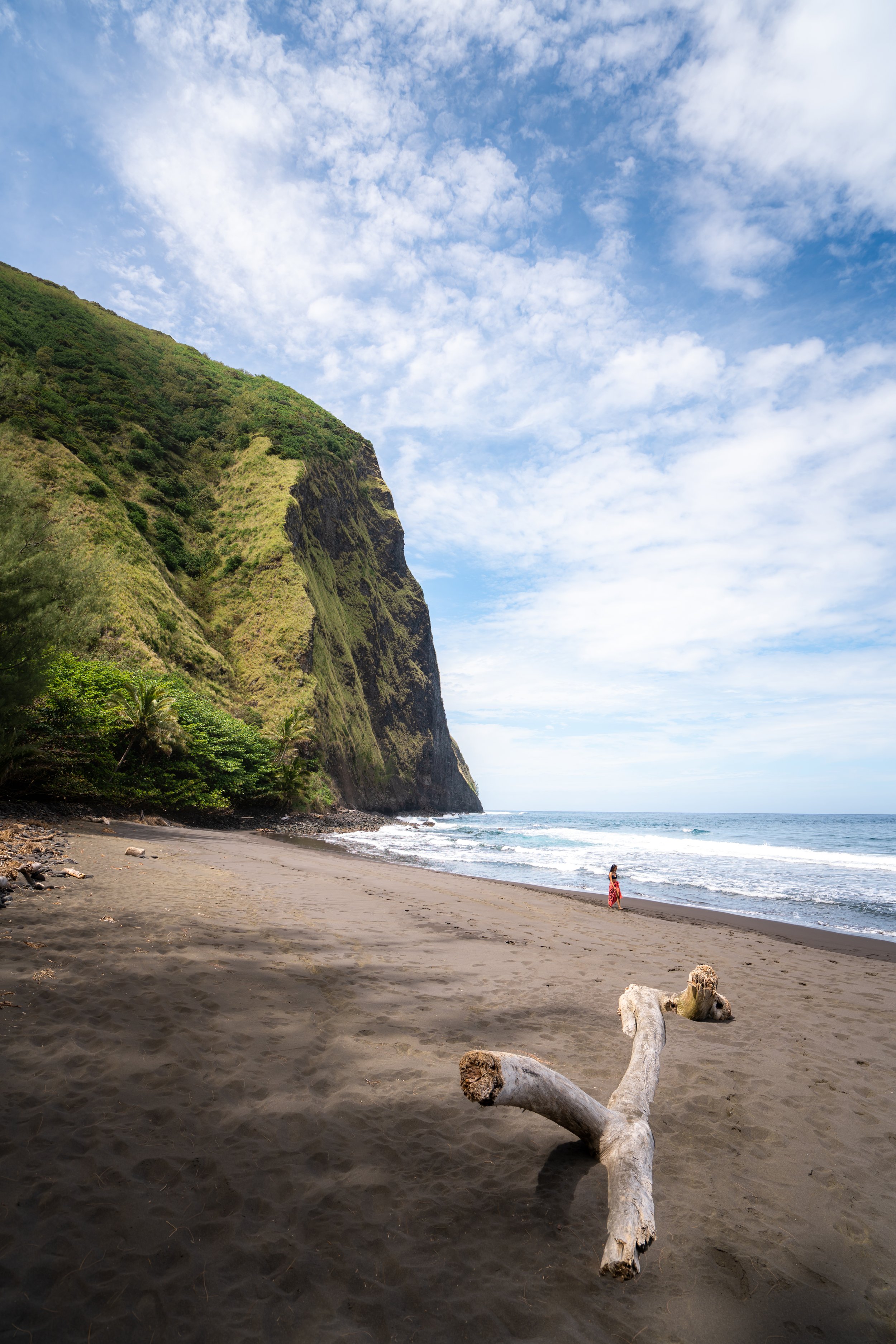Hiking the Pololū Trail on the Big Island of Hawaiʻi
Distance (Roundtrip): 1.2 miles / 1.9 km
Elevation Change: ~400 ft. / 122 m
The Pololū Trail, also called the Pololū Valley Trail, is easily one of the best things to do on the Island of Hawaiʻi!
I truly believe this because the Kohala Coast—which includes Pololū Valley—is one of the most stunning coastlines in the world, much like the Kalalau Trail on Kauaʻi’s Nāpali Coast. In addition to this, Pololū Valley is also a very historic and culturally significant place on the Big Island, which all hikers will have the opportunity to learn about before beginning the hike into Pololū.
That being said, those who are up for the short but steep 0.6-mile (1.0 km) trail will have the opportunity to enjoy Pololū Black Sand Beach at the bottom of the valley, which is easily one of the most beautiful beaches on the Big Island—only to be compared with the black sand beach in Waimanu Valley, further down the Kohala Coast.
Pololū Trailhead Parking
Parking for the Pololū Trail is located at the very end of Akoni Pule Highway.
Know that if you’re parking for the Pololū Lookout only, you can park as close as the lookout. However, if you’re visiting the lookout to hike the Pololū Trail, parking spaces are limited at the lookout itself, meaning that you will typically be asked to park along the road just prior.
Google Maps Directions: Pololū Valley Lookout
My Hawaiʻi Hiking Checklist
Osprey 3L Water Bladder - The Osprey 3L water bladder is the most universal hiking and backpacking water bladder on the market, and it’s my go-to because of the slide-off seal that allows it to be quickly filled from the top. Additionally, individual parts are easily replaceable, such as the bite valve.
Blister / Heel Protectors - I swear by these cheap, amazing heel protectors to prevent blisters for nearly every kind of hiking and backpacking that I do!
Black Diamond Headlamp - Personally, I recommend the Black Diamond Storm because it is one of the brightest, lightest, and longest-lasting headlamps on the market—and trust me, the weight-to-battery-life ratio really does matter!
Hiking / Trail Running Shoes - Depending on the type of trail, I prefer to use either the Keen Targhee for longer, more rugged hiking or the HOKA Zinal Trail-Running Shoe for lighter, less intense trails. In either case, both have been amazing to me for many years across countless environments, and both can be found in men’s and women’s sizes. - (Men’s Keen / Women’s Keen) (Men’s HOKA / Women’s HOKA)
Waterproof Rain Shell - You never know when it may rain, and I’ve learned over the years that a rain shell is far better than a rain jacket. By this, I mean that it’s best to have something that the water will roll right off of, which is why I recommend the Patagonia Torrentshell 3L available in both men’s and women’s sizes.
High SPF Sunscreen - Packing high-SPF sunscreen is a must for long days outside!
Hiking the Pololū Valley Trail
From the Pololū Valley Lookout, the Poloū Trail descends a series of four switchbacks on an entirely downhill trail.
If staff or volunteers are present at the lookout, they will typically stress difficulty of hiking back out, as there is no cell phone service or way back out of Pololū other than the trail.
Be cautious on the very beginning of the Pololū Trail, especially when it is or has been raining recently.
Numerous people have twisted their ankles and broken legs at the very beginning of the hike.
As the Pololū Trail descends, the views of the beach and the Kohala Coast get better and better the further you go.
This is one of the biggest reasons why I recommend hiking the trail, as the views from the lookout are not nearly as good as the views on the Pololū Trail.
The tree and the fruit in the photo below are called Noni, and while it is edible and contains many health benefits, I recommend against eating the ripe fruit. Noni is truly a quite disgusting edible fruit.
Additionally, you may be curious about the yellow fruits on the trail, which are called Lemon Guava (Psidium guajava). Again, I don’t recommend eating the guavas because they are generally quite tricky to eat, since the seeds inside are so hard.
Pololū Valley
After only 0.6 miles (1.0 km), the Pololū Trail ends at the bottom of Pololū Valley.
Pololū Beach
While Pololū Beach may look like a fun place to get in the water, it’s strongly advised that you don’t.
The waves and currents in Pololū are nothing to take lightly, as Pololū Valley sees much of a direct open ocean swell. On top of this, there are no lifeguards or rescue services in Pololū Valley, meaning that if you get into trouble, you only have yourself and those around you to get back to safety.
ʻĀwini Trail (Hiking Across Pololū)
The ʻĀwini Trail is essentially the trail across the bottom of Pololū Valley, which continues for many miles past Pololū over to Honokāne Nui Valley on the other side.
If you choose to hike across Pololū Valley to the far side, I recommend heading back into the trees, where it is much easier to walk, as opposed to the rocky beach shown in the photo above.
It only adds about 0.2 miles (0.3 km) each way to explore the short trail across the valley.
If you hike to the very far side of Pololū Valley, you will run into a private property sign.
While I know that the ʻĀwini Trail continues past Pololū Valley for quite a ways, I strongly advise you not to go any further. This section of the ʻĀwini Trail traverses some of the most remote parts of the Kohala Mountains, which are typically only visited by those in the conservation community.
Native Plants on the Pololū Trail
The Pololū Trail is a relatively low-elevation hike, meaning that most of the plants you see along the trail are non-native/ invasive species.
That being said, there are still a few native plants to look out for, which include Hala, ʻŪlei, Naupaka, ʻUhaloa, and Alena, to name just a few.
If you would like to learn more about these and tons of other native Hawaiian plants from across the islands, I encourage you to read more in my separate post.
Read My Separate Post: Native Hawaiian Plant Guide
More Big Island Adventures
If you’re interested in reading about some more amazing Hawaiʻi Island adventures, check out my separate posts below!
Best Hotels & Vacation Rentals on Hawaiʻi Island
Since Hawaiʻi Island is such a big island, I recommend starting your search on VRBO to find places in both Kona and Hilo.
This way, you can plan your adventures on all sides of the island without having to drive too far.
Hawaiʻi Island Airport-Hotel Shuttle
Prices on ride-share apps like Uber/ Lyft cannot beat the price of booking your hotel or vacation rental shuttle prior to arrival.
That being said, the shuttle option below is incredibly cheap, and it’s a great option to get to accommodations across the Kailua-Kona side of the Big Island!
Best Way to Book Rental Cars!
I travel quite a bit, and I know firsthand that finding a good rental car deal can be a challenge, but that’s why I recommend comparing all of your options with Discover Cars.
In short, Discover Cars is a well-known, reputable business that allows you to search for the best deal across companies, and they have the best full-refund cancellation policy I’ve ever seen, valid up to 72, or sometimes even 48, hours prior to your reservation!
Book Here: Discover Cars
Visiting Other Islands
If you are visiting Hawaiʻi Island or heading to another island, check out some of my personal recommendations for Oʻahu, Maui, Kauaʻi, Molokai, Lānaʻi, and Hawaiʻi Island (Big Island) in these separate posts.
If you’re trying to decide which island is right for your visit, check out my overview about each island in the post below.
Read My Separate Post: What is the Best Hawaiian Island to Visit?
What is the Best Time of Year to Visit Hawaiʻi?
The weather in Hawaiʻi can often appear to be warm and beautiful throughout the year, but in my experience, there is a lot more to consider when planning what time of year to visit the islands, such as what island you are considering, what sides of each island do you plan to stay, what activities are you most interested in, the wildlife, and countless other nuanced variables that can all impact the type of trip you can expect to have.
For these reasons, I highly recommend reading through my separate article to not only understand my thoughts regarding the best time of year to come to Hawaiʻi but also what you need to consider based on the time of year that you plan to visit.
Read My Separate Post: What is the Best Time of Year to Visit Hawaiʻi?
Safety
All hikes in Hawaiʻi should not be compared to trails outside of the islands, and hikers should exercise due caution on every adventure, given that many are extremely dangerous.
By this, I mean that Hawaiʻi is known for hot, humid weather, steep, dramatic, and unstable cliffs, and flash floods, which can occur without warning. Therefore, it is important that you check the local forecast, understand the physical condition of your entire group, and pack sufficient food and water before attempting any adventure.
Disclaimer
All information provided on this blog is for informational purposes only and is not intended to be a substitute for information or advice from qualified professionals or managing agencies.
Noah Lang Photography LLC makes no representations or warranties regarding the accuracy or completeness of the information provided here, and readers should use their own discretion, judgement, and seek professional advice where it is appropriate.
Furthermore, Noah Lang Photography LLC shall not be held responsible for any injuries, lost individuals, or legal issues arising from the use of information provided on this website, and if applicable, the above safety disclaimer should be referenced to provide a generic overview of the risks involved.
All said, the content on this blog is for the sole use of Noah Lang Photography LLC, and unauthorized use or reproduction of this content is strictly prohibited.
Disclosure
This post is not sponsored.
However, some of the links in this post are affiliate links, which means that I may earn a small commission if a purchase is made through one of those links. This commission comes at no additional cost to you, and I only recommend products that I personally use and believe will add value to my readers. Thank you for your support, which enables me to continue creating more!
To read the full privacy policy, click here.

About This Blog
Noah Lang Photography, also known as @noahawaii, is 100% reader-supported!
I do not accept guest articles or sponsored content of any kind on my blog, which is why, if you enjoy the outdoor and travel content I create, please consider buying me a coffee!
I appreciate your support, which helps me continue to keep this blog alive!










